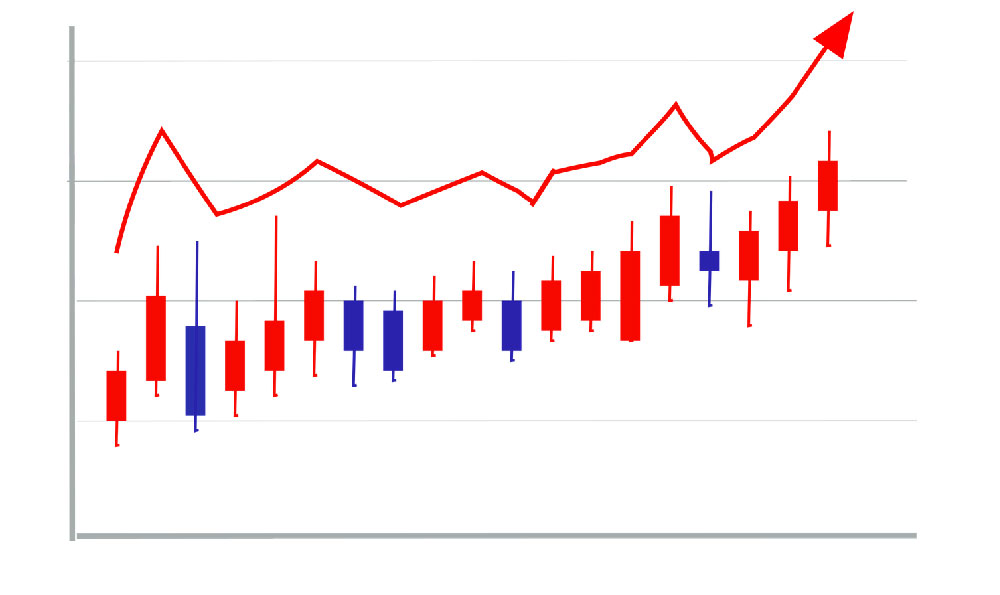In 2024, the question of how much creators earn on YouTube per view remains a central concern for those seeking to monetize their content. While the platform continues to be one of the largest avenues for digital income, the reality is that the amount earned per view is not a fixed number. It varies significantly depending on a range of factors, including the type of content, audience demographics, regional differences, and the specific advertising formats that are displayed. For instance, a video with high engagement and a dedicated audience may generate more revenue than one with low interaction rates, even if the number of views is similar. This complexity requires a nuanced understanding of YouTube’s monetization ecosystem, which is shaped by both algorithmic dynamics and the evolving digital advertising landscape.
At the core of YouTube’s revenue model is the integration of advertising, which accounts for the majority of income for most creators. This includes pre-roll, mid-roll, and post-roll ads, as well as skippable and non-skippable formats. However, the actual income per view is influenced by the cost per thousand impressions (CPM) that advertisers are willing to pay. CPM is a metric that represents how much an advertiser pays for every 1,000 views of a video, and this rate fluctuates based on several variables. In 2024, CPMs have been affected by broader market trends, such as changes in consumer behavior, advertising budgets, and the increasing competition for ad space. For example, in regions with higher advertising costs, such as the United States and Europe, CPMs for YouTube ads have historically been higher than in emerging markets, where the cost per view may be considerably lower. Additionally, the type of content plays a crucial role. Niche topics like technology, finance, and education often command higher ad rates due to their perceived value to advertisers, while broader or more casual content may yield fewer earnings per view.
Another critical factor is the relationship between view count and actual revenue. A single view does not directly equate to a dollar earned, as YouTube’s payment system is designed to account for the value of each impression. For instance, a video with 100,000 views might generate revenue based on the number of impressions that are actually seen by users, which is influenced by the video's length, the number of ads displayed, and the overall engagement level. This means that a video with high watch time and frequent interactions could generate more revenue even if the total number of views is not exceptionally high. Conversely, a video with a large number of views but minimal engagement might not yield as much income. The algorithm's role in determining which videos are recommended and how long they are watched further complicates this dynamic, as it affects the number of impressions that are generated and the likelihood of ad placements.

The shift towards non-skippable ads in 2024 has also impacted revenue generation. These ads, which play for 15-20 seconds and cannot be skipped within the first two seconds, often offer higher CPMs for creators. However, they come with the challenge of maintaining viewer engagement despite the interruption. This has led to a growing emphasis on content quality and the ability to balance ad placements with a seamless viewing experience. Additionally, the rise of mobile viewing has introduced new considerations, as ad click-through rates (CTRs) on smartphones tend to be lower than on desktop computers. This may affect the overall effectiveness of ads and, consequently, the revenue per view.
For creators aiming to maximize their earnings, the key lies in optimizing both content and strategy. This includes understanding the target audience, producing high-quality content that aligns with advertiser interests, and leveraging YouTube’s monetization tools such as the YouTube Partner Program, channel memberships, and Super Chat donations. While the direct income per view may vary, these alternate revenue streams can provide a more stable and predictable income. Furthermore, diversification across different types of content and formats can help mitigate risks associated with fluctuating ad rates and audience preferences.
It is also important to recognize that YouTube’s payment structure is not entirely transparent. Creators typically receive a share of the ad revenue, which is then adjusted based on the platform’s policies and the specific contract terms with advertisers. This can lead to discrepancies between the expected and actual earnings, highlighting the need for creators to monitor their performance regularly and adjust their strategies accordingly. Additionally, the platform’s changes over time, such as modifications to ad formats, payment schedules, or eligibility criteria, can impact the overall income potential.
In conclusion, while the question of how much one earns on YouTube per view is commonly asked, the answer is far from straightforward. It depends on a combination of factors, including content type, audience engagement, regional differences, and the evolving advertising landscape. For creators in 2024, understanding these variables and adapting their strategies is essential for maximizing income. By focusing on producing high-quality, engaging content while also exploring alternative monetization methods, creators can navigate the complexities of YouTube’s revenue model and achieve long-term financial success.












